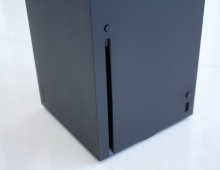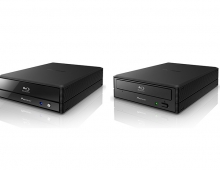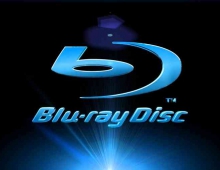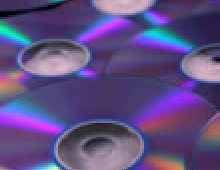Testing For The Next Generation Formats
3. Quality Measures For HD DVD and BD
Review Pages
2. Blue Laser - Understanding The Key Differences From DVD
3. Quality Measures For HD DVD and BD
4. Appendix - Key Measurements on each Format
Assessing the quality of HD DVD and BD discs introduces new approaches to those accepted for DVD and CD and we look here at jitter, the most commonly understood quality metric.
Jitter, the difference between the idealized run lengths (pit and lands) and the actual detected run lengths, has been used in CD and DVD as a primary metric for determining the quality of the replicated disc.
 When using a PRML approach, it has not been able to link regular (as used
in CD and DVD) jitter directly to the quality of the replicated disc. Therefore
different approaches have been taken to relate the output signals to disc quality.
When using a PRML approach, it has not been able to link regular (as used
in CD and DVD) jitter directly to the quality of the replicated disc. Therefore
different approaches have been taken to relate the output signals to disc quality.
HD DVD uses two methods for relating the quality of the recovered data to the disc quality - Partial Response Signal to Noise Ratio (PRSNR) and Simulated bit Error Rate (SbER) and Jitter in lead-in areas.
BD actually does use a form of Jitter measurement, but the data is first passed through a limit equalizer to improve signal quality.
Jitter on HD DVD
On HD DVD, the lead-in area has a much lower areal density. Put simply, the minimum feature size is much larger than in the data area (408nm in lead in compared with 204nm in data area). Jitter is a good measure of the pit quality, hence it is used where possible.
BD limit equalizer
BD uses a different approach. In BD, a limit equalizer is employed upon the signal. This is simply another method of boosting the signal of the smallest features (2T pit and land). The advantage of the limit equalizer, compared with the conventional equalizer used for DVD, is that it can boost the signal of the smallest features without increasing the ISI. After the signal has been processed through the limit equalizer, jitter measured in a conventional manner, as with DVD. It is very important to note than this approach is used only for evaluating disc quality; for data recovery, PRML has to be used.
As can be seen, the measurement issues for the next generation formats go substantially beyond simply working with smaller features. The coding concepts, the relationships between measurements and playability, and the links between measured effects and their manufacturing-process causes, are all unique.
In the next page you can read a brief description of the key measurements on each format and a comparison with DVD.
Contributed by DaTARIUS
DaTARIUS, will be presenting its BD and HD tester at the Media-Tech Expo
in
Frankfurt (30 May - 1 June). For more info visit www.media-tech.net.
Review Pages
2. Blue Laser - Understanding The Key Differences From DVD
3. Quality Measures For HD DVD and BD
4. Appendix - Key Measurements on each Format





















